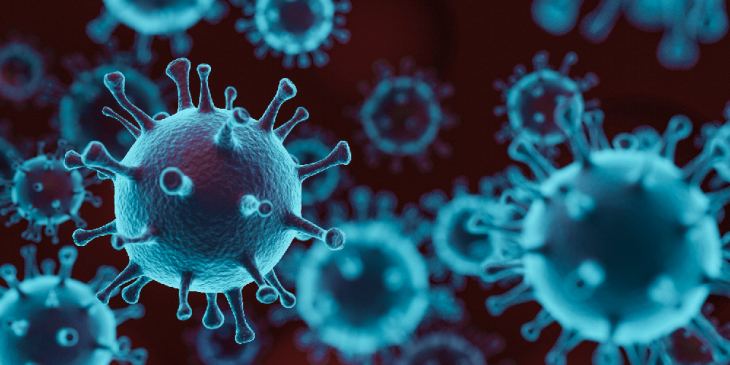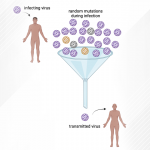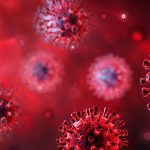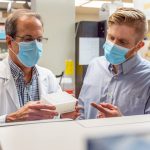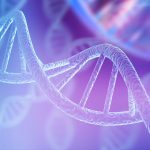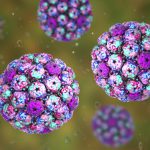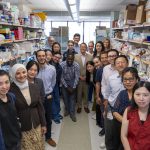The Pennsylvania Department of Health announced today that it has identified a patient with the new strain of COVID-19. While the strain, known as B.1.1.7, was originally discovered in the United Kingdom in December, it has spread rapidly around the globe. However, this variation is not necessarily cause for alarm.
As a virus replicates its RNA, it can make mistakes. These lead to mutations, which create a new virus strain.

Dr. Lee Harrison
The first patients identified as having this variation in the United States did not report any recent travel to the United Kingdom.
“This indicates that there is substantial community spread of this novel strain in the United States,” said Dr. Lee Harrison, professor of medicine and epidemiology at University of Pittsburgh.
Most recently, a patient with this new strain was identified in Dauphin County, Pennsylvania. Dr. John Goldman, infectious disease specialist and vice president of medical affairs, UPMC Pinnacle, was also expecting to see the virus in UPMC’s communities.
“This is not surprising,” Goldman said. “We knew that it would most likely reach our area, just as COVID has spread throughout the world and reached us here.”
While researchers are still studying the new strain, the main difference from the original is that it appears to spread more from person to person.
“There is evidence that the new strain is more contagious, but does not cause more severe illness,” said Harrison.
And there is no reason to believe that the new COVID-19 vaccines will be any less effective in protecting against the new strain.

Dr. John Goldman
“The vaccine is making antibodies to the spike protein on the virus,” Goldman explained. “There are modifications to the spike proteins in this new strain, but there is no evidence the vaccine isn’t effective in attaching to those proteins.”
Goldman also cautioned that a vaccine is only the first step toward ending the pandemic.
“If we want to stop this, we need to get herd immunity from the virus,” Goldman said. “For herd immunity to occur without any intervention, approximately 1 million Americans could die. If we decrease the infection rate by 95% and are able to vaccinate 300 million Americans, we will prevent 285 million infections and decrease future deaths from 1 million to 50,000 people.”
The best way to decrease transmission is to continue to follow public health guidance.
“It’s important to hunker down on the tactics that will keep us safe,” Harrison said. “As we wait for the vaccine to be widely distributed, continue to wash your hands, wear a mask, and socially distance. Now is not the time to get COVID-19.”


